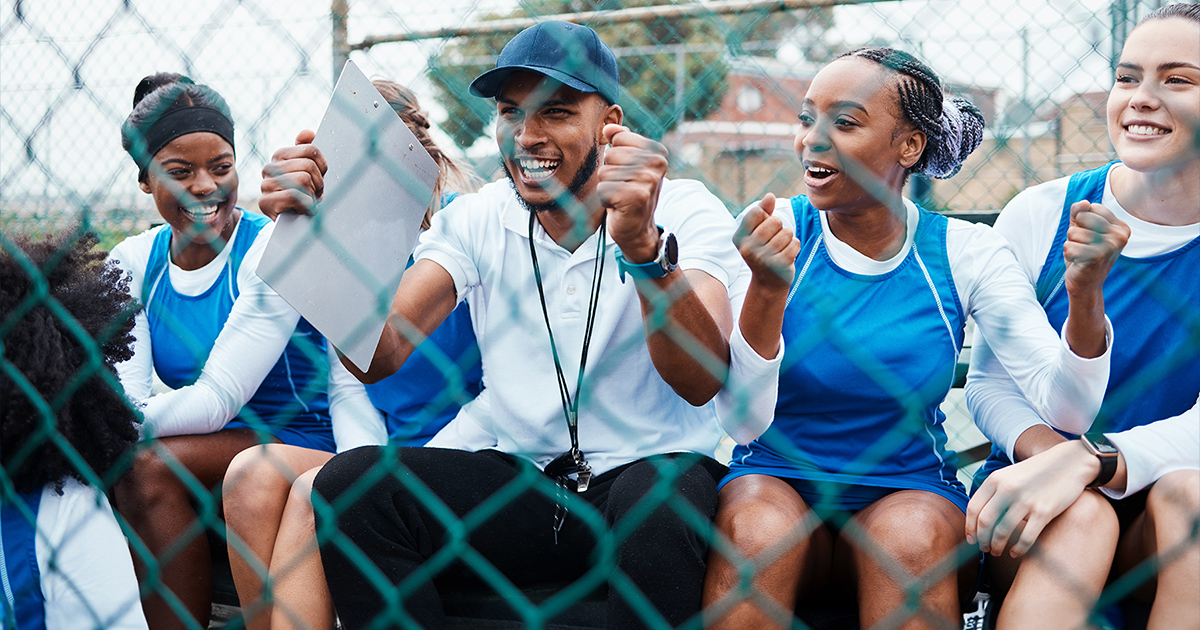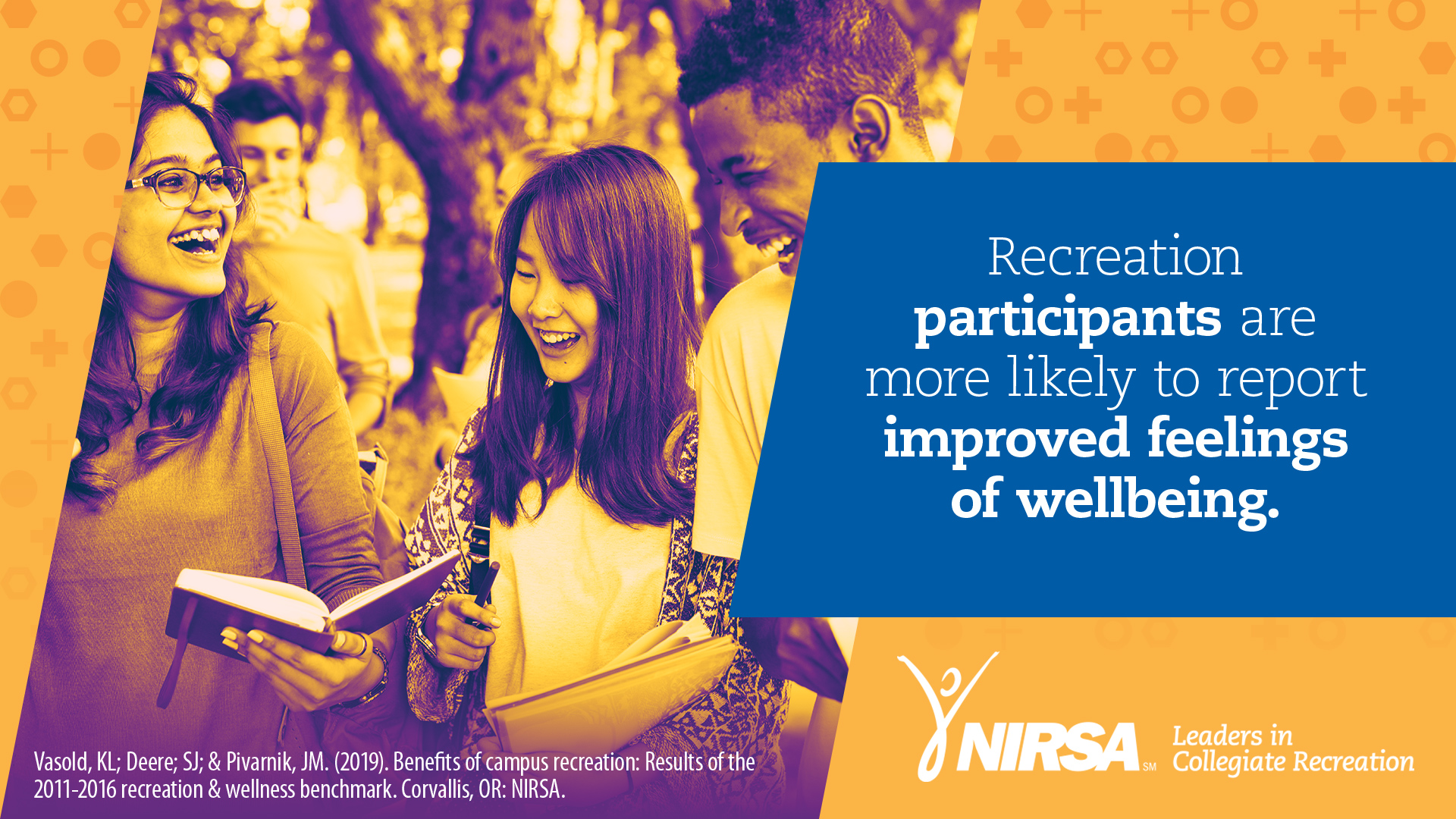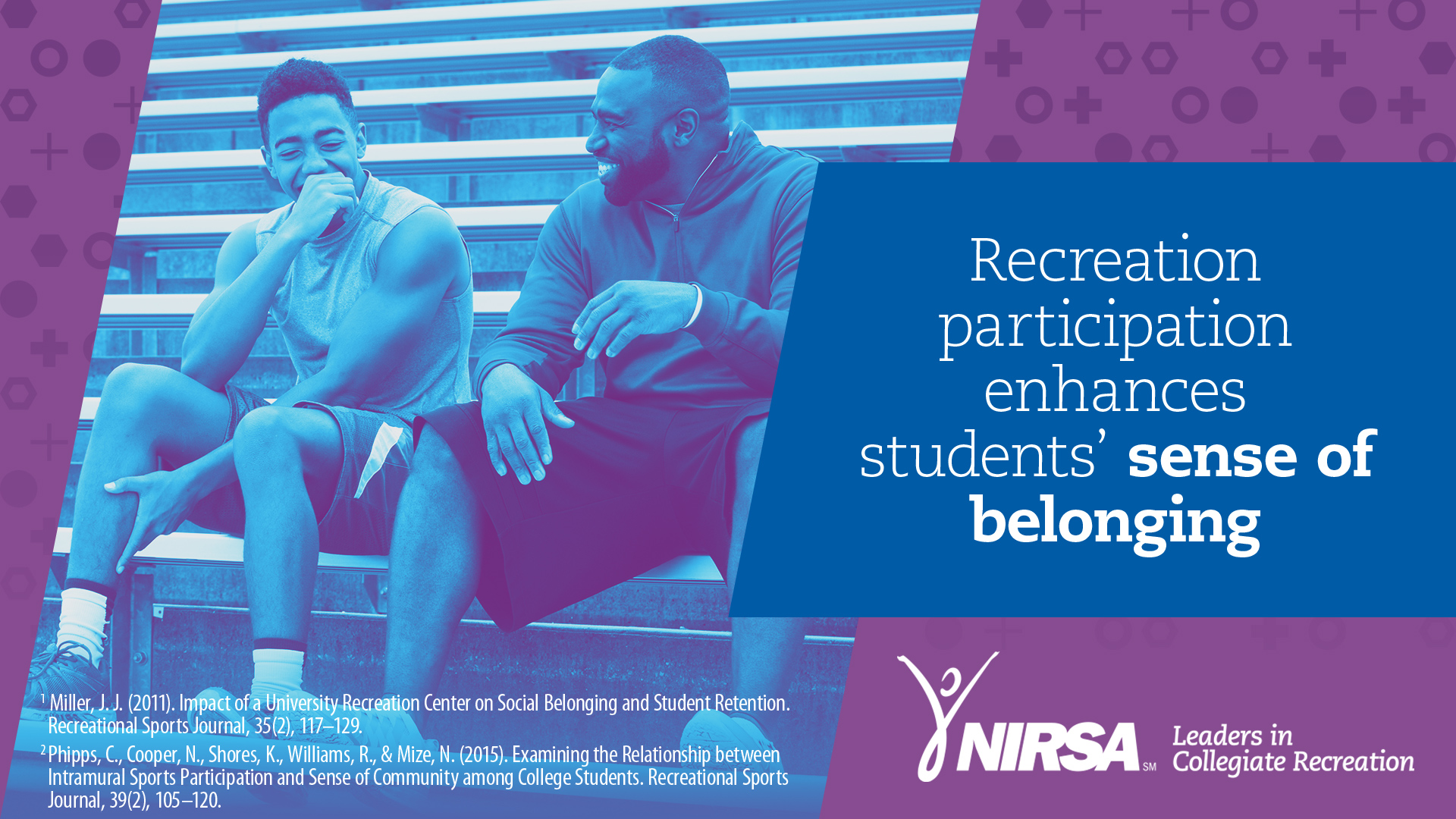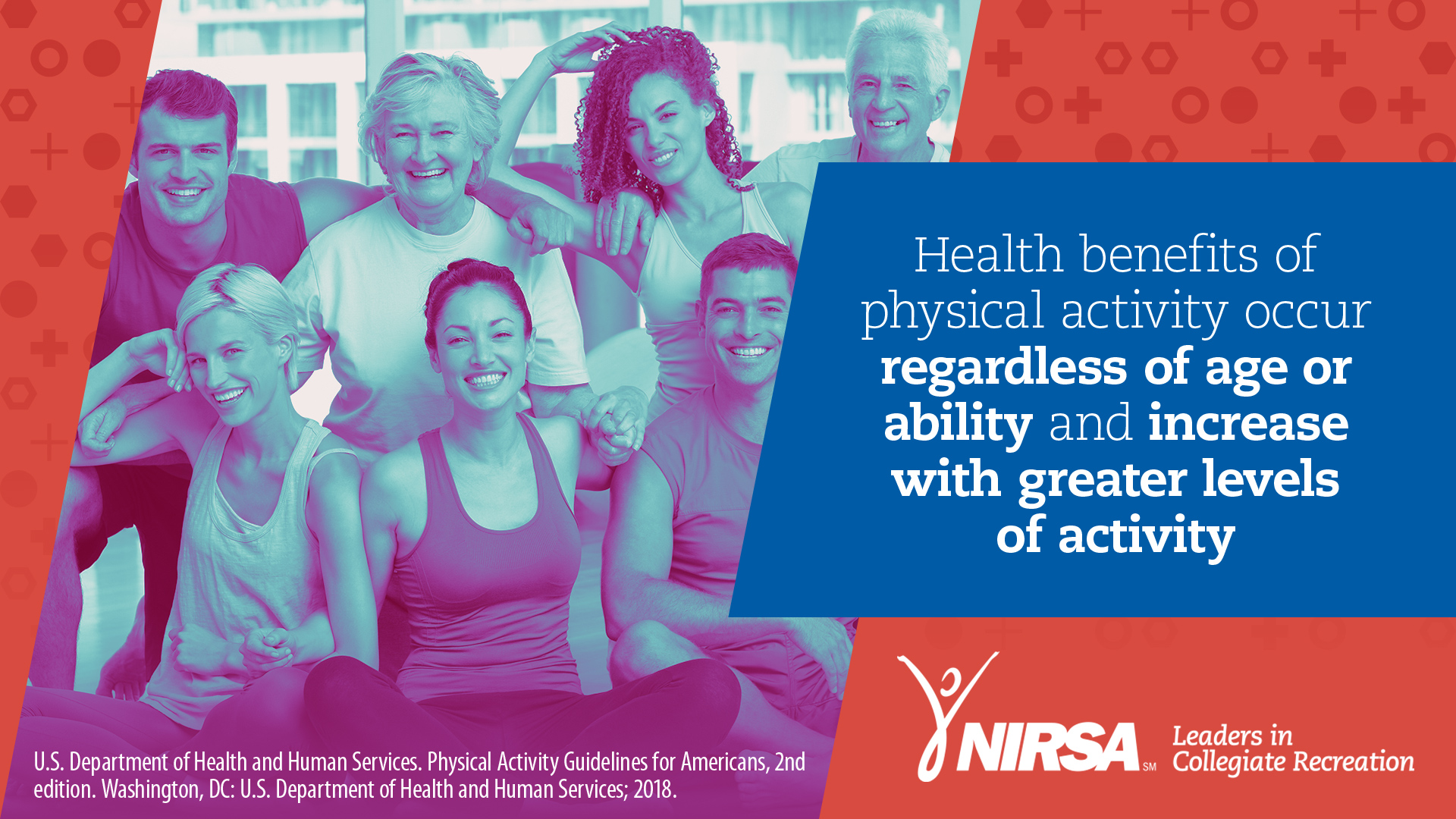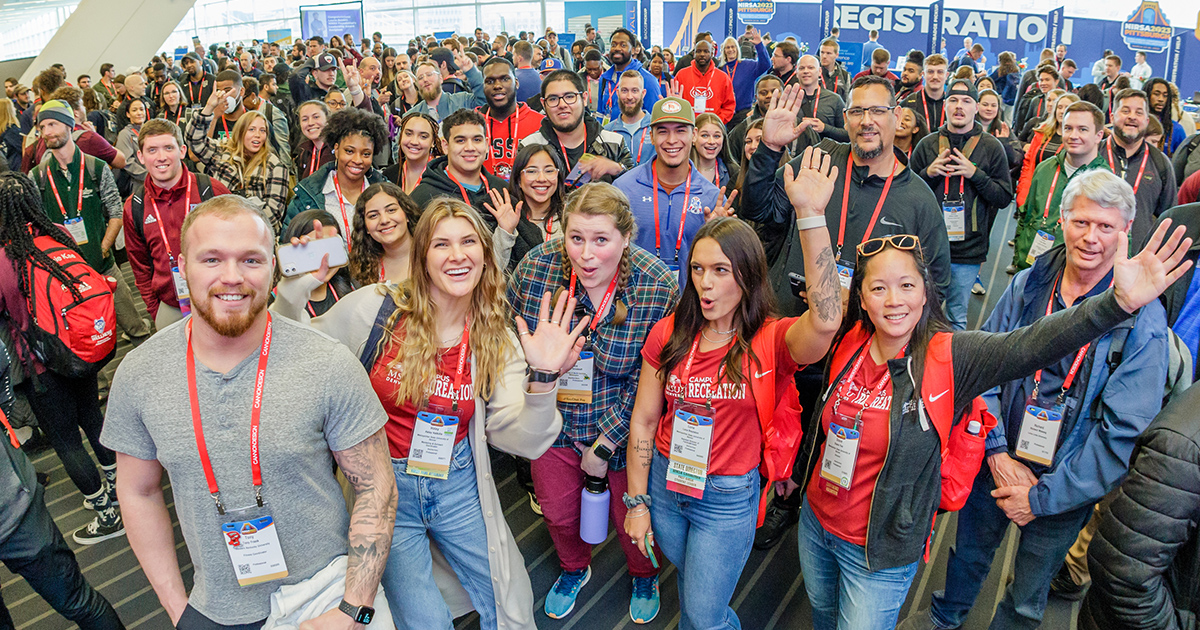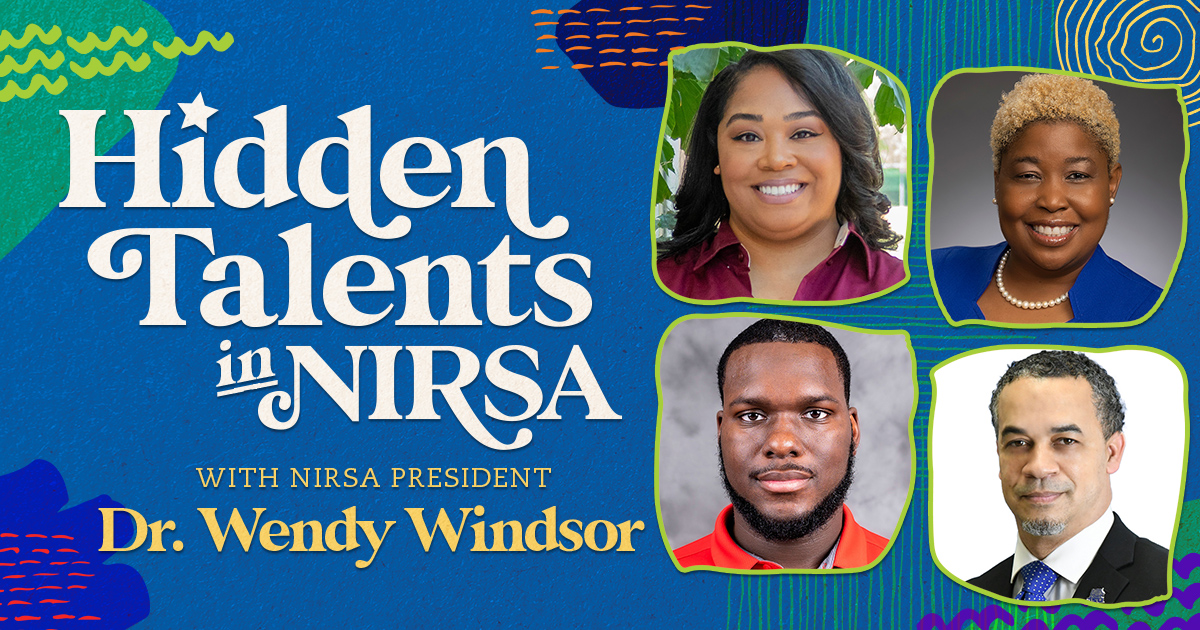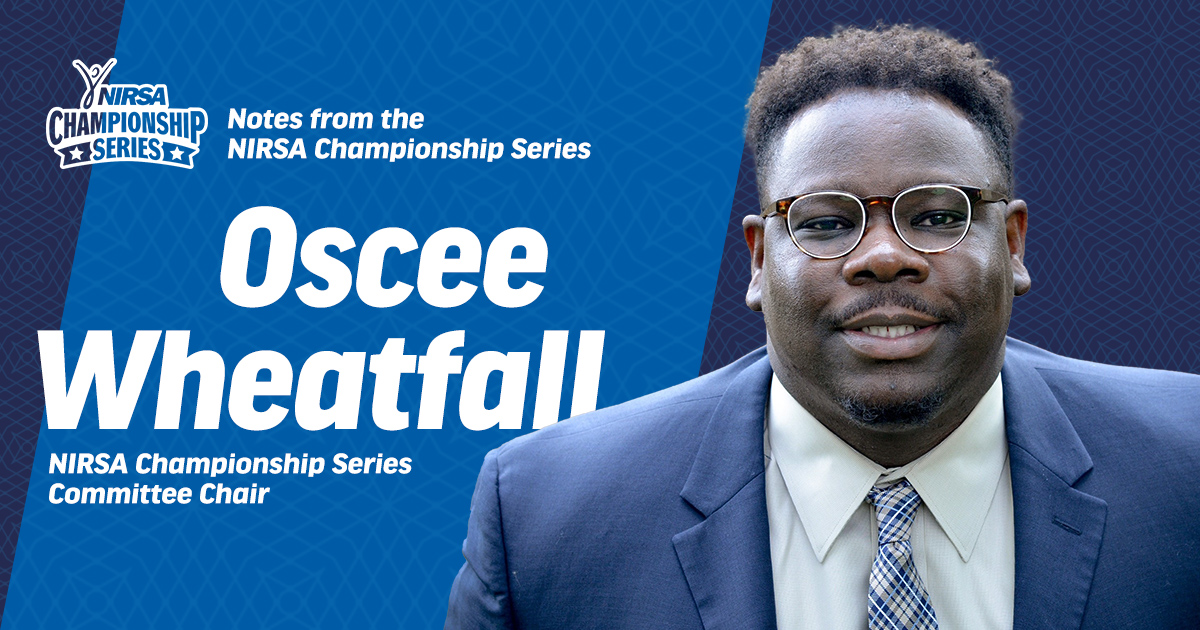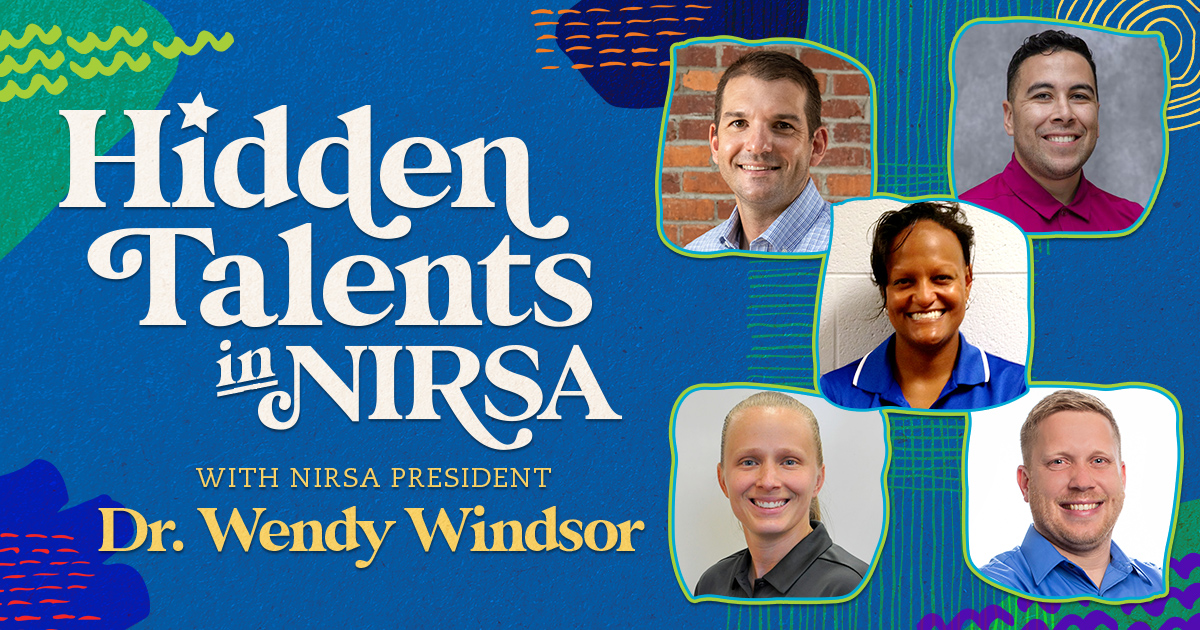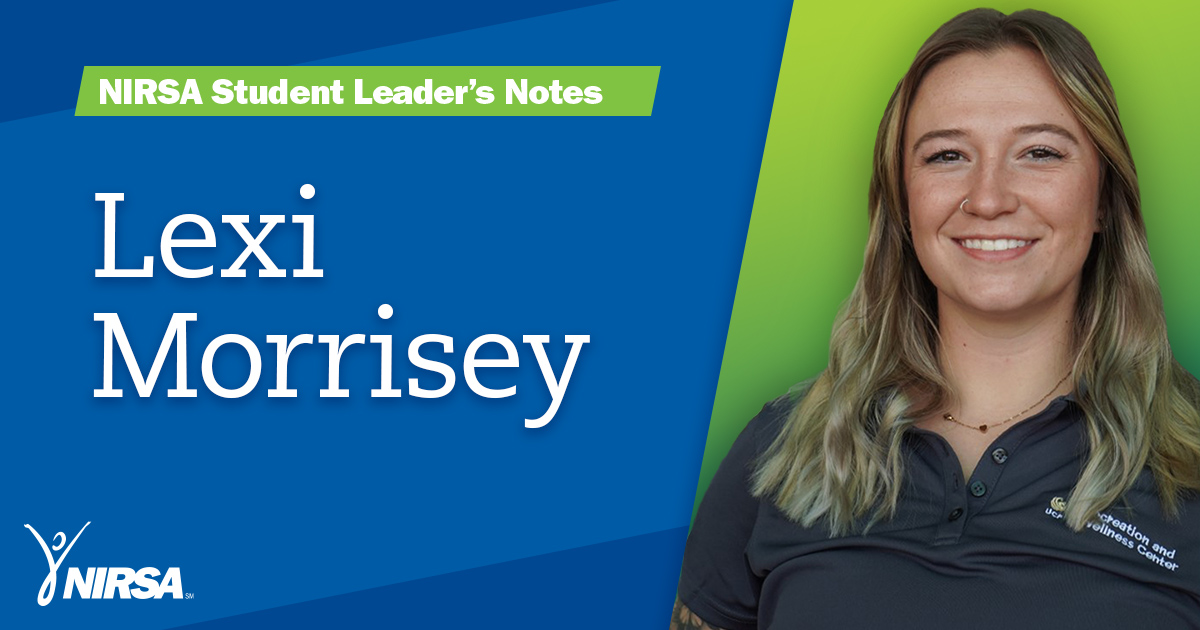The United States Surgeon General, Dr. Vivek Murthy, recently published a Public Health Report entitled “Physical Activity: An Untapped Resource to Address Our Nation’s Mental Health Crisis Among Children and Adolescents.”[1] The article serves as a call to action, advocating for greater recognition and utilization of physical activity as a tool to combat the growing mental health crisis. Dr. Murthy paints a dire picture of the reality that many young people currently face.
While the Surgeon General focuses on the K-12 population, it is important to acknowledge that this reality extends beyond the youth community. Students at the college and university level face significant mental health struggles. From 2016 to 2021, the percentages of students with significant symptoms of both depression and anxiety rose by 13 or more percentage points each.[2] This trend has continued into 2023, as a recent survey found that 50% of adults, ages 18–24, reported anxiety and depression symptoms.[3] The escalation in mental health symptoms is more than alarming numbers; it is a warning of a continuing troublesome trend.
These numbers aren’t just staggering to read; they carry real impact. Emotional stress and personal mental health concerns—more so than financial or academic struggles—have been cited as the top reasons undergrads have considered stopping their studies.[4] Higher education stop out rates impact not only the individual[5], but their broader community as well. A 2019 study posited that raising college completion rates for just one graduating class across the nation – from the current rate of 57% to match the high school graduation rate of 84%—would reduce the number of people in poverty by 48,000 and increase tax revenues by more than $90 billion.[6] The ripple effect of educational dropout rates extends far beyond the classroom, impacting poverty levels and economic stability.
When discussing the mental health crisis, particularly at the post-secondary level, an increasingly common refrain is that ‘we can’t counsel our way out of the problem.’ This acknowledgement is necessary: the American Council on Education has noted, “[d]espite the approximate doubling in mental health service use during the past 10 to 15 years, the rise in distress continues unabated—far outpacing increases in service use—and there are persistent inequities.”[7]; While the unabated rise in distress predates the events of the past few years, students are now navigating a world of pandemic impacts, increasing societal divide, and social media’s constant noise, which only exacerbates this rise.
The good news is there is quite a bit more society can do beyond hiring additional counselors. A more holistic approach would impact both those facing significant mental health challenges and those who are suffering from less acute but deeply impactful challenges like loneliness, which the Surgeon General has called both an “epidemic” and a “public health crisis.”[8] “By considering the whole person, education, institution, and community, wellbeing becomes a shared, multifaceted goal for the entire campus. [9]
Counterintuitively, focusing on the whole actually starts with focusing on the very specific.[10] And, in the Surgeon General’s discussion of youth mental health, he presents one key specific, under-utilized yet proven-effective option: physical activity, in all its forms. Physical activity is neither a replacement for traditional counseling services nor is it the complete answer to such a complex problem—but it is one significantly impactful tool.
Research backs up this assertion. The Washington Post cited a recent, groundbreaking study to declare, “[e]xercise as a treatment for severe depression is at least as effective as standard drugs or psychotherapy and by some measures better, according to the largest study to date of exercise as “medicine” for depression.”[11] In other words exercise, like going for a run or lifting weights, could be an effective approach to help people who are facing depression or similar symptoms.
While such evidence of the impact of physical activity is only getting stronger, this is not a new trend. Meanwhile, the multitude of problems it can help address are only worsening. And, yet, at all levels of society, we seem hesitant to meaningfully engage through deploying physical activity as a tool to address these issues. Furthermore, the last 30 years have established a troubling trend in the United States: State and federal funding for physical activity, sport, and play have significantly decreased leading to these sectors becoming increasingly commercialized. This development has created increasing issues of access and cost.
Further complicating matters of access and cost, there is a lack of understanding regarding how to meaningfully incorporate physical activity as solutional pillar, rather than an add on in addressing issues of mental health and wellbeing. A recent study by Dr. A’Naja Newsome found “MHPs [Mental Health Professionals] may feel it is important to promote PA [Physical Activity] and exercise, but many need more knowledge to do this effectively…Improving these behaviors in MHPs could have a significant impact on the issue of global physical inactivity”.[12] In other words, even the experts who know what we should do, struggle with the how.
There is real opportunity to utilize physical activity to initiate large scale change at the post-secondary level. This work could help identify pathways to a larger, societal change thereby improving wellbeing among the whole community. College students are unique in that they are generally located on campuses. This allows institutions to play a significant role in combatting the mental health crisis plaguing numerous young adults by offering safe, accessible opportunities to intentionally integrate physical activity into the lives of students—as well as faculty and staff. The campus community can also measure the impacts of these initiatives through evidence-based practices so that they are effective.
We already know campus recreation programs, which facilitate most of the physical activity offerings on campus, provide multiple pathways to furthering wellbeing. In fact, “[c]ampus recreation is an entry point for supporting college students in their health and wellbeing,” says Josh Downing, Associate Director of Programming for Recreational Sports at Indiana University, and co-chair of NIRSA’s Health & Wellbeing Task Force. Studies show “[c]ollege students who actively participate in [campus recreation offerings] have greater resilience and a higher sense of belonging compared to their peers who do not actively participate in those recreational activities.”[13]
Strategically utilizing that entry point is an evidenced-based way to start impacting some of the most significant issues facing today’s students, which in turn will impact society at large. Despite significant and real concerns about cost of higher education in the US, post-secondary education is still the most likely path to economic mobility, and bachelor’s degree holders are significantly more likely to contribute to their community.[14]
However, to make this happen, a top-down approach must be a priority. A culture of change must be embraced by campus leadership. This includes mobilizing the necessary resources. Prioritization of integrated, cross-campus mental health efforts need to be demanded from the top down with appropriate resources and accountability behind it.
Our nation’s mental health crisis requires immediate, innovative solutions. By recognizing the untapped potential of physical activity, as advocated by the United States Surgeon General, we can forge a path toward healthier, more resilient communities. Now is the time for educators, policymakers, and communities to embrace this holistic approach, leveraging the whole to facilitate improved holistic wellbeing.
References
[1] Murthy, V. H. (2023). Physical Activity: An Untapped Resource to Address Our Nation’s Mental Health Crisis Among Children and Adolescents. Public Health Reports, 138(3), 97-400. https://doi.org/10.1177/00333549231175
[2] American Council on Education. (2021). What Works in Student Mental Health: A Guide for Campus Leaders. https://www.acenet.edu/Documents/What-Works-Mental-Health.pdf
[3] KFF. (2023, Mar. 20). Latest Federal Data Show That Young People Are More Likely Than Older Adults to Be Experiencing Symptoms of Anxiety or Depression. https://www.kff.org/coronavirus-covid-19/press-release/latest-federal-data-show-that-young-people-are-more-likely-than-older-adults-to-be-experiencing-symptoms-of-anxiety-or-depression/
[4] Gallup and Lumina Foundation. (2023). The State of Higher Education 2023. Gallup, Inc. https://www.luminafoundation.org/wp-content/uploads/2023/05/State-of-Higher-Education-2023.pdf
[5] Agustin, J., Bachinger, M., Berry, K., Clark, L., Dickson, B., Gavigan, N., Masterson, K., McCreary, K., Menditto, S., Redd, K., Simone, C. & Wayt, L. (2023, Mar. 6). More Is Possible With Higher Education. NACUBO. https://www.nacubo.org/-/media/Documents/Advocacy/State-of-Higher-Ed/2023/MoreIsPossible2023NACUBO.ashx?la=en&hash=DE8A19208DA78B3B7BBA74170EB42CE734241D45
[6] Whistle, W. (2019, Jan. 28). Ripple Effect: The Cost of the College Dropout Rate. Third Way. https://www.thirdway.org/report/ripple-effect-the-cost-of-the-college-dropout-rate
[7] Abelson, S., Lipson, S., & Eisenberg, D. (2023). What Works for Improving Mental Health in Higher Education? American Council on Education. https://www.acenet.edu/Documents/What-Works-Mental-Health.pdf
[8] Murthy, V. (2023). Our Epidemic of Loneliness and Isolation: The U.S. Surgeon General’s Advisory on the Healing Effects of Social Connection and Community. Office of the U.S. Surgeon General. https://www.hhs.gov/sites/default/files/surgeon-general-social-connection-advisory.pdf
[9] NIRSA. (2020). Health and Well-being in Higher Education: A Commitment to Student Success. https://nirsa.net/nirsa/portfolio-items/health-wellbeing-in-higher-education/
[10] O’Sullivan, E., & Smith, A. (2023, Mar. 13). Learnings and tools for transformational change and student wellbeing. NIRSA. https://nirsa.net/nirsa/2023/03/13/triple-aim-shares-key-learnings-for-better-student-wellbeing/
[11] Reynolds, G. (2023, Mar. 15). The best treatment for depression? It could be exercise. The Washington Post. https://www.washingtonpost.com/wellness/2023/03/15/exercise-depression-benefits/
[12] Newsome, A. M. (2023) Exercise Promotion Practices among Mental Health Professionals: A Scoping Review. Issues in Mental Health Nursing, 44(7)(, 591-601, DOI: 10.1080/01612840.2023.2212770
[13] Soria, K. M., Boettcher, B., & Hallahan, K. (2022). The Effects of Participation in Recreational Activities on Students’ Resilience and Sense of Belonging. Recreational Sports Journal, 46(2), 184–192. https://doi.org/10.1177/15588661221125201
[14] Agustin, J., Bachinger, M., Berry, K., Clark, L., Dickson, B., Gavigan, N., Masterson, K., McCreary, K., Menditto, S., Redd, K., Simone, C. & Wayt, L. (2023, Mar. 6). More Is Possible With Higher Education. NACUBO.
- If you are interested in highlighting your campus or a NIRSA member’s achievements on your campus, pitch us your ideas.
Erin O'Sullivan is currently the Director of Advocacy & Strategic Partnerships at NIRSA.
Jeffrey Levine, JD, PhD, is currently an assistant clinical professor of Sport Business at Drexel University’s LeBow College of Business; you can email him at

